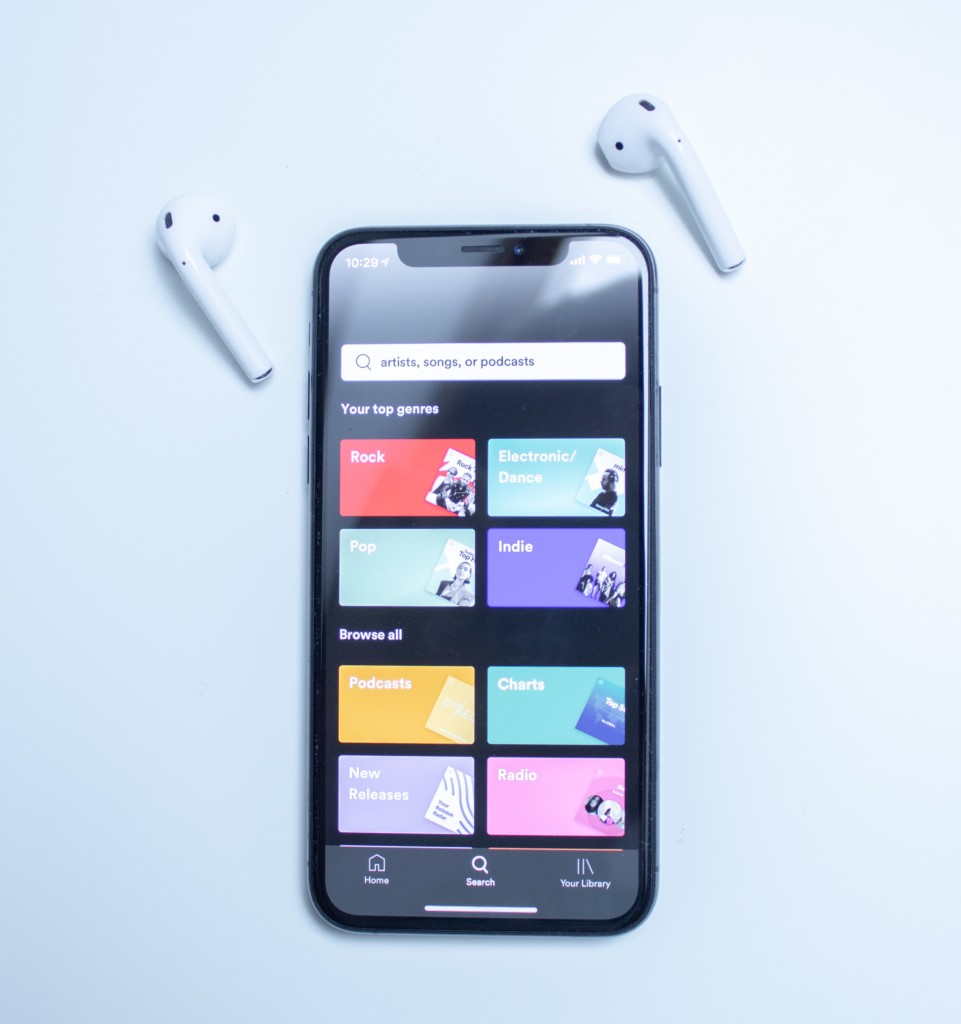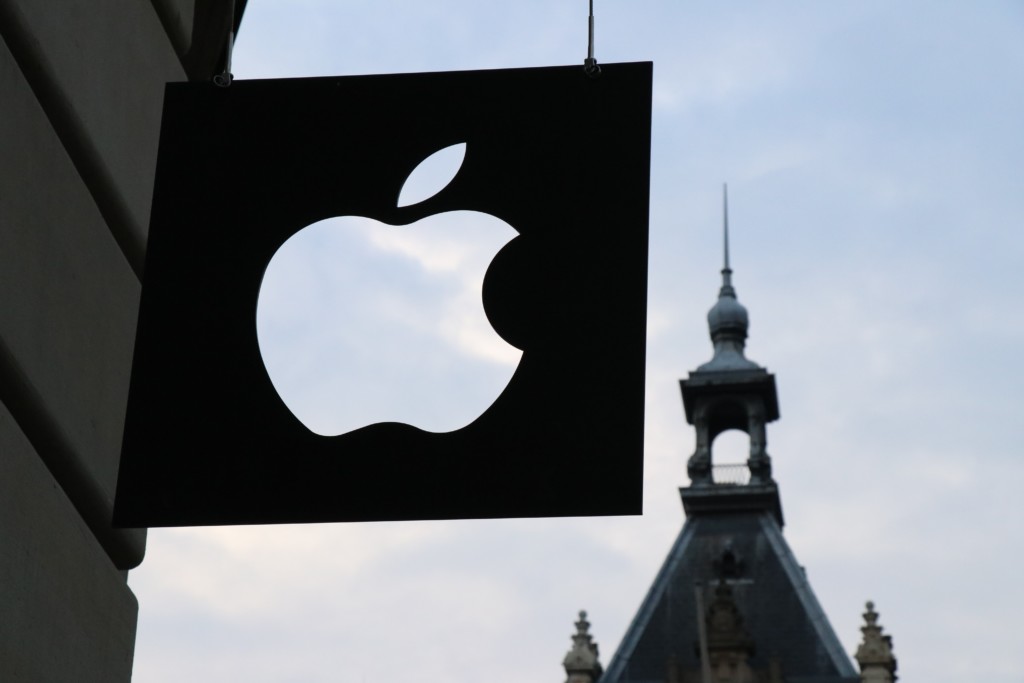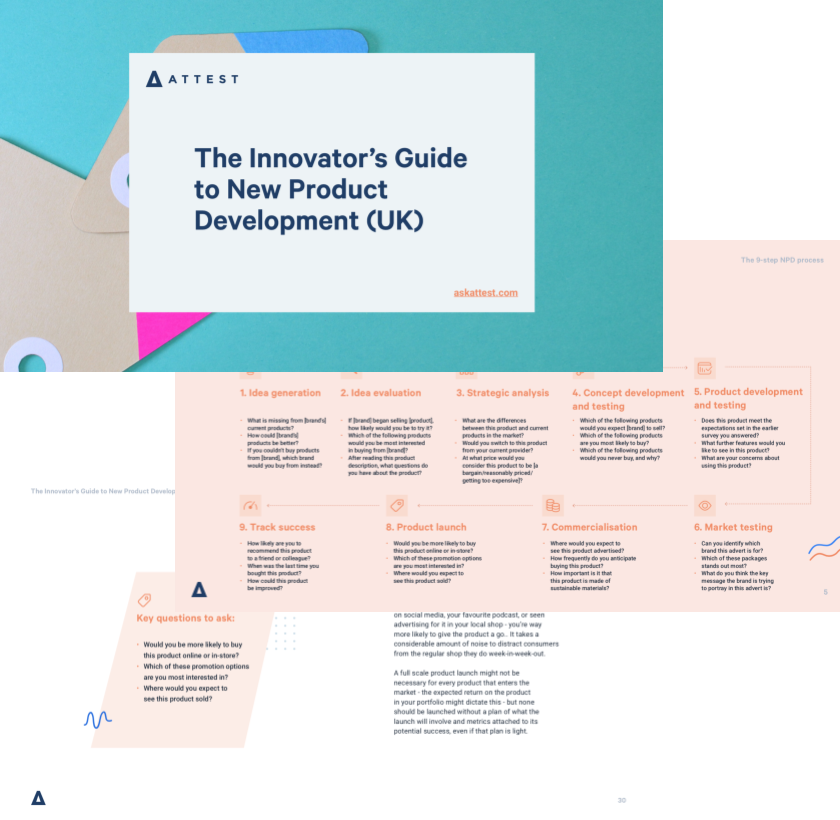Business innovation: how to find new revenue opportunities

What is innovation in business? Discover 12 strategies for business innovation, with examples of how big brands use them to stay ahead of the curve.
Things change, and people do too, which means innovation is necessary to future-proof your brand. But business innovation isn’t limited to introducing new products and services; it takes loads of different forms, all of which offer up market opportunities for new revenue streams.
In this article, we’ll look at 12 strategies for business innovation and highlight examples of brands that have used them to keep thriving.
What is innovation in business?
Simply put, business innovation is when an organisation takes steps to create new value. This could be by introducing new processes, products or divisions, or by optimising existing ones. It can also include changing business models. The overall aim of innovation in business is to generate higher profits, become more efficient, and protect your business from competitors.
Business innovation should form part of an organisation’s long-term growth strategy to make sure it embraces technical advancements and social change. By always evolving, companies can reduce the risk of becoming outmoded or irrelevant.
12 strategies for business innovation

Revenue model innovation
Most companies make a profit by marking up the base cost of their product and selling it on, but there are lots of other revenue models. Switching up your revenue model and moving to something new can help you generate more profit, or provide your business with better cash flow. You can also choose to use more than one revenue model, to suit different customers or the different services you offer. Here are some alternative revenue models to consider:
The licensing/franchising revenue model
Licensing or franchising offers a way to grow your business through teaming up with partners. The basic idea is that you give a third party the right to market and distribute your goods or services under your brand, in exchange for annual licensing fees (and an initial start-up fee).
While companies like McDonald’s and Domino’s Pizza own many of their branches, the franchise model has gone a long way to helping them achieve global success.
Another way to take advantage of the licensing revenue model is to give other brands the opportunity to use your product or service. A great example of this is the Google Maps software, which is licensed by brands like Uber to use on their apps. This saves Uber from having to reinvent the wheel, all while generating hefty revenues for Google. Which/industries companies could be interested in your proprietary technology?
The whitelabelling revenue model
Whitelabelling is similar to licensing, with a key difference. Rather than allowing another company to sell your products under your branding, you create products for them to sell under their own branding.
For example, KP Snacks – maker of Hula Hoops – makes Aldi’s own brand version of the snack and Asda toilet roll lines are produced by SCA, the makers of Cushelle and Velvet. What products could you produce on behalf of another brand? You might not even need to make entirely new products; simply allowing another company to rebrand your assets and present them as their own could bring you a new revenue stream.
The commission revenue model
Charging commission is the revenue model most commonly favoured by agents, auctioneers, brokers and affiliates. It’s also used by online marketplaces like Amazon and eBay, which charge a commission as a percentage or fixed price on every item sold.
Could you add another company’s products or services to your own range and charge them commission on sales made? Or maybe you could facilitate introductions within your industry and charge a fee if a deal is struck?
The rent/lease revenue model
It’s not only selling products that can make you money – you can earn from renting them too.
Whole new markets are opening up based on the rental of luxury assets, like the Watch Lending Club, which rents out high value watches to members, and Bag Borrow or Steal, where you can pay to use a designer handbag for a minimum of four days. If what you sell isn’t consumable, then it can be rented out – not just as individual units, but possibly also in quantity for events.
The subscription revenue model
A subscription model is a great way to guarantee recurring revenue. This is a common strategy among SaaS (software as a service) companies, like Adobe and Microsoft, and entertainment services, like Netflix and Spotify.
And the subscription model is not limited to digital content. Any product can be provided on subscription – from food and clothing, to beauty products and homewares. You can also take advantage of a recurring revenue model by creating exclusive subscriber-only benefits. Fitbit, for example, has just launched Fitbit Premium, a personalised fitness advice subscription service. What would your customers like to receive from you on a regular basis?

Business model innovation
A ‘business model’ is a company’s plan for making a profit. That means what they’re going to sell, who they’re going to sell to and how they’re going to sell. Innovating on your business model can include changing your value proposition, customer segment or distribution channels, or changing your structure, processes or supply chain. There are many different types of business models. Here are a few that could bring you new revenue opportunities:
The peer-to-peer business model
Peer-to-peer selling, or multi-level marketing, is what companies like Avon and Mary Kay have been doing for years. A company recruits people to sell products on a commission basis. Those people can in turn recruit other people and start taking a cut of their sales. This business model has not always received good press, but is now making a comeback, having had a makeover for the digital age.
Beauty brands like Beautycounter, Ever Skin and Rodan & Fields are all direct selling businesses, and even the hugely popular Glossier has added peer-to-peer to its model. And it’s not just for beauty; jewellery brand Stella & Dot uses a network of ‘stylists’ to drive sales. Could you turn your social media following into a selling community?
The buy one, give one business model
This business model is a hybrid between a not-for-profit model and a for-profit model. It was pioneered by shoe brand TOMS, which gives away a pair of shoes to a child in need for every pair it sells. It’s been a massive success – not only have millions of kids around the world received free shoes, but it’s also resulted in huge brand awareness for TOMS.
The model is now being copied by brands like Bombas, which gives socks to the homeless, and Eat My Lunch, which provides free meals. You can also inject purpose into your business model by committing to give away a percentage of your profits. For example, toilet paper manufacturer Who Gives A Crap donates 50% of all profits to building toilets in the developing world.
The freemium business model
Giving away stuff for free doesn’t sound like a great way to make money, but it can help you capture a ton of potential customers. Once you’ve secured those customers, you just have to work on the upsell – getting them to pay for the premium features – which can result in rapid growth.
Spotify operates a freemium model. Anyone can use its platform to stream music for free, but if you want to listen without ads, or download music for offline listening, you need to be a subscriber.
While the freemium model mostly applies to digital products, it has been used for physical products. Girlfriend Collective gave away its leggings when it first launched, gambling that people would come back for more. It worked; they sold 10,000 pairs on the first day!
The direct-to-consumer business model
A direct-to-consumer (or D2C) business model involves manufacturers bypassing wholesalers and retailers to sell straight to the end customer. The advantage of this is the relationship it builds with consumers. D2C brands also enjoy complete control over their growth, price, brand, sales velocity, and customers. D2C companies are mostly digital-first, but may open their own retail stores.
Examples of successful direct-to-consumer brands include the mattress-in-a-box startup Casper, which has now opened 200 stores in the US, and Dollar Shave Club, which has built a billion-dollar empire by offering a better grooming experience at a more affordable price. Dollar Shave Club has combined a D2C business model with a subscription revenue model – what could a new combination do for your brand?

Industry model innovation
Arguably the most radical model of business innovation, industry model innovation sees brands venturing into new territory – like Virgin’s move from music to aviation – or even creating an industry that didn’t exist before, as Airbnb did, or the plant-based meat brand Impossible Foods. Let’s look at three types of industry model innovation:
Disruptive innovation
Disruptive innovation involves applying new technology or processes to change the current market. Your brand doesn’t have to be the inventor of the technology, but might advance it or find new ways to apply it. This work often goes on in the background so that, when unveiled, it’s too late for the established companies to quickly compete.
Take Apple, for example – the success of the iPod is what led the company to venture into mobile phones. Apple took the nascent touch screen technology seen in PDAs and improved on it to create the first iPhone and completely disrupt the market. Look around – what tech could you borrow and apply differently?
Architectural innovation
Architectural innovation involves taking the components of your business and rearranging them, creating something new for a different market.
A good example of this is Viagra. It was created as a medication to treat angina, but its makers discovered it could be more successfully marketed as a treatment for erectile dysfunction. At the time, this was an unmet medical need. Likewise, a NASA-created foam achieved out-of-this-world success when commercially marketed as memory foam mattresses. Could your existing products be reimagined as something else for a new market?
Radical innovation
Radical innovation is innovation that gives birth to completely new product categories or new industries. This might mean swallowing an existing one, as was the case with digital cameras and film.
Examples of radical innovation include Thinx – women’s underwear that’s an alternative to tampons or towels (Thinx also operates a buy one, give one model) – and Dolfi, which cleans clothes with ultrasonic waves and eradicates the need for a washing machine. Then we have brands like Tesla, which pioneered the mass-market electric car.
Being in a ‘category of one’ is the Holy Grail of branding. And while other brands will eventually enter the category – especially if it’s large, profitable, and growing – your brand will still enjoy the financial and share-of-mind advantages of being the first. Perhaps it’s time to brainstorm how you could create a new product category in your market?
A final word
Business innovation can come in many forms, and harnessing it for your brand means keeping an open mind and being tuned in to what’s happening around you. What do you see working successfully somewhere else that could also work for you? What processes could be improved with technology? Where could you potentially add a revenue stream?
If new product development is your kind of innovation, you should be ensuring your products are consumer-centric – check out our 9-step guide in the innovator’s guide to new product development.
Tell us what you think of this article by leaving a comment on LinkedIn.
Or share it on:

